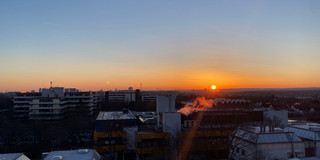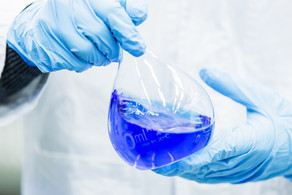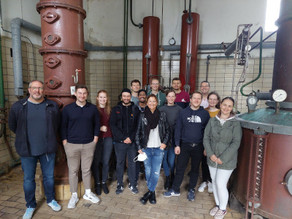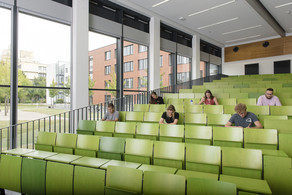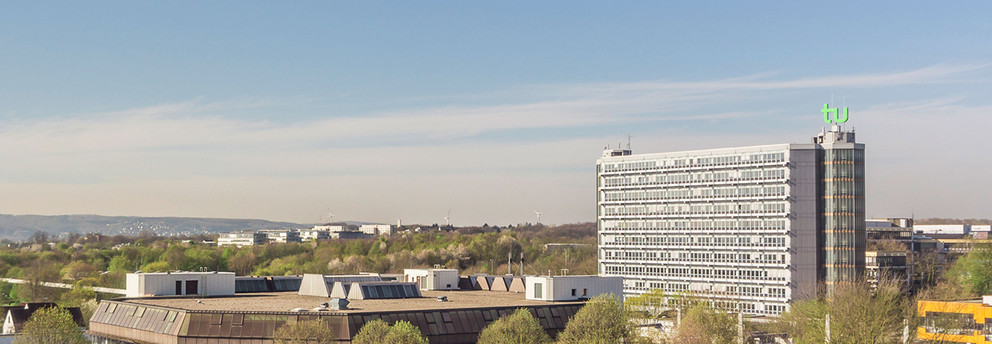For the twelfth time AD has been awarded with 10 stars from the BCI student association
2012 - 2013 - 2014 - 2015 - 2016 - 2017 - 2018 - 2019 - 2020 - 2021 - 2022 - 2023
Laboratory of Equipment Design
Welcome to the laboratory of Equipment Design, established in April 2011 under the direction of Prof. Dr.-Ing. Norbert Kockmann.
Picture of Month
April 2024
Liquid-liquid separation experiments in zero gravity at ZARM in Bremen
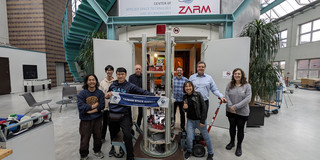
March 2024
Kickoff meeting of ENPRO REUNION at TU Darmstadt
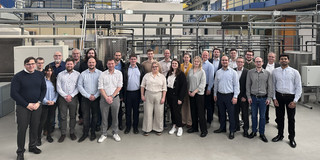
February 2024
Poster show of the Project work: Introduction to process engineering (PeP)
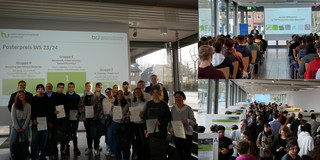
January 2024
iSPS project meeting in Münster am Lech – measuring industrial emulsions
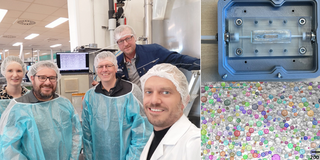
News
Interview with former employee Dr.-Ing Aljoscha Frede
Spotlight Forschung: Dr. Aljoscha Frede zu zertifizierten Fortbildungen während der Promotionsphase
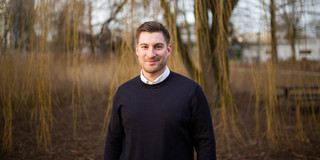
AD welcomes Mathias Schmitz as research associate
Mathias Schmitz studied chemical engineering at TU Dortmund University and joined the team of the Laboratory as a PhD student on 01.08.2023.
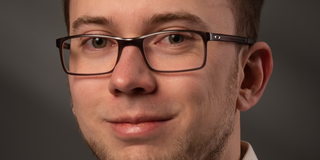
AD welcomes Laura Marsollek as research associate
Laura Marsollek studied biochemical engineering at TU Dortmund University and joined the team of the Laboratory as a PhD student on 01.07.2023.

Nadine Niesert with sunrise over Dortmund in the tv newscast "Lokalzeit"
Nadine Niesert enjoyed a beautiful view of the sunrise over Dortmund from her office on the 5th floor in the early morning of 02.03.2023.
